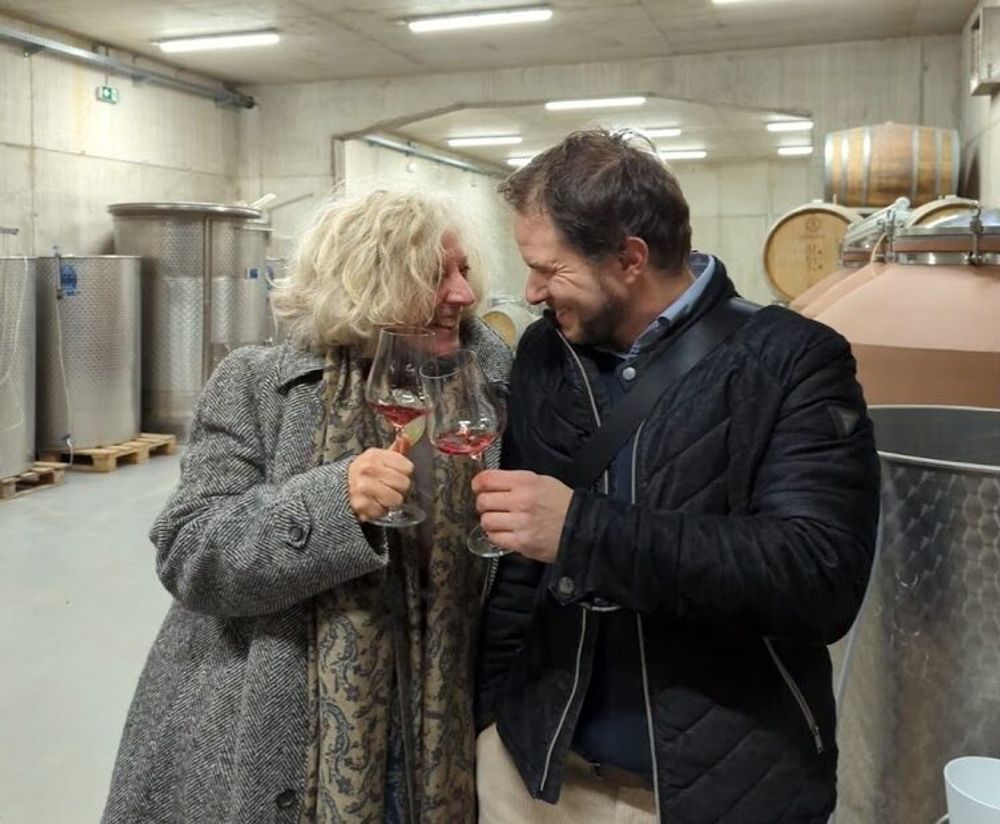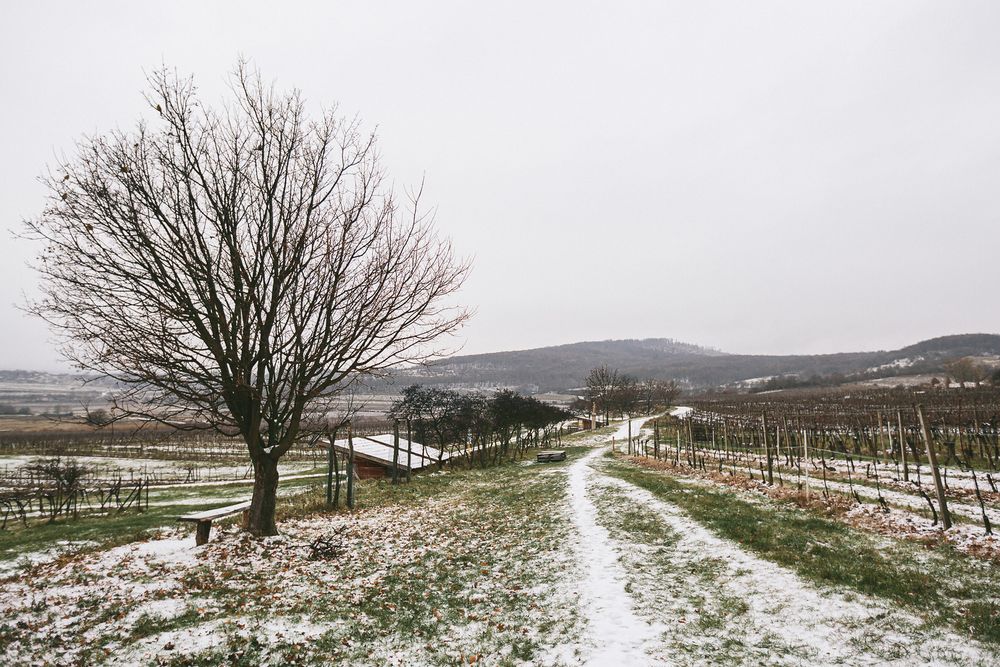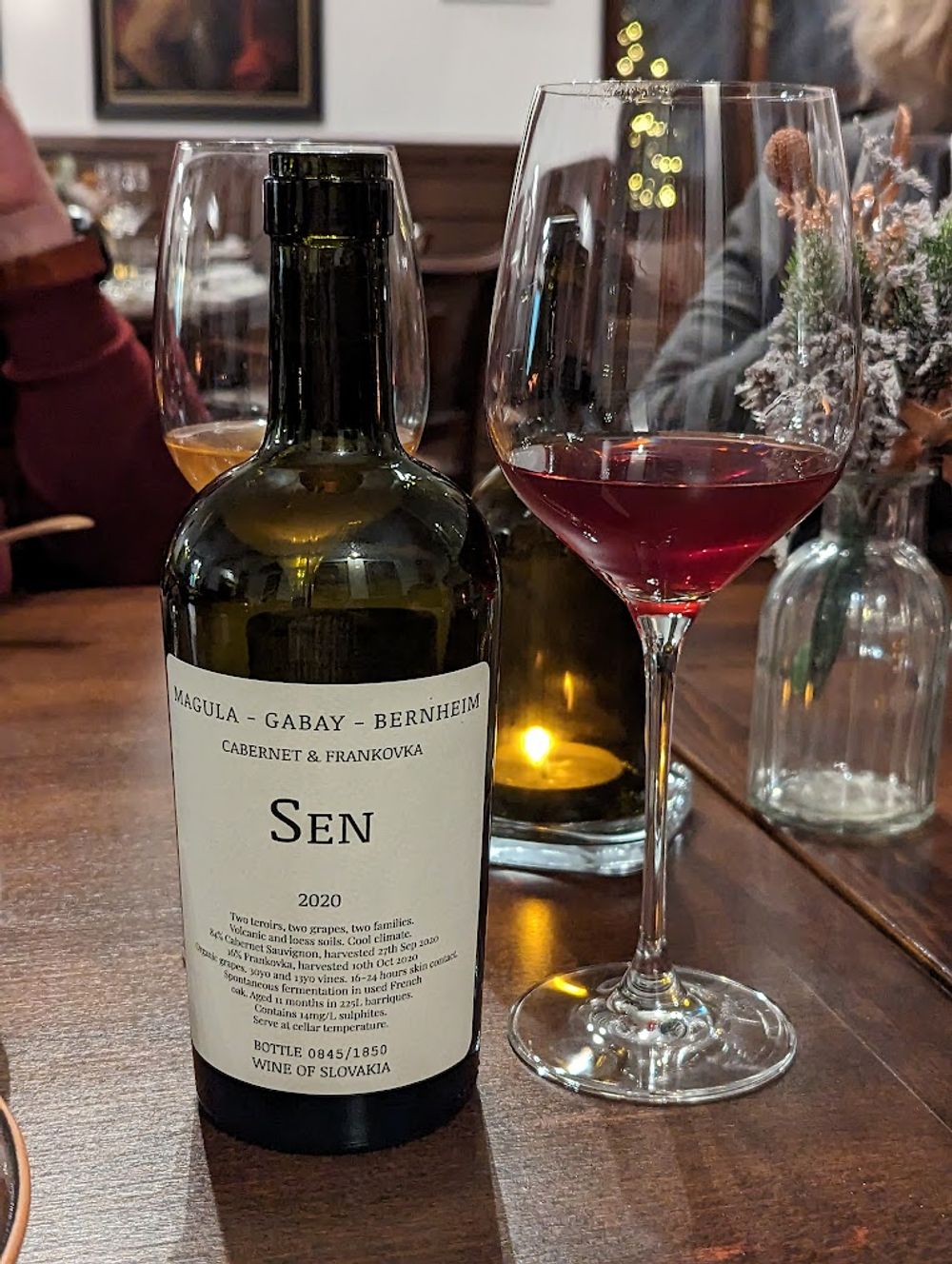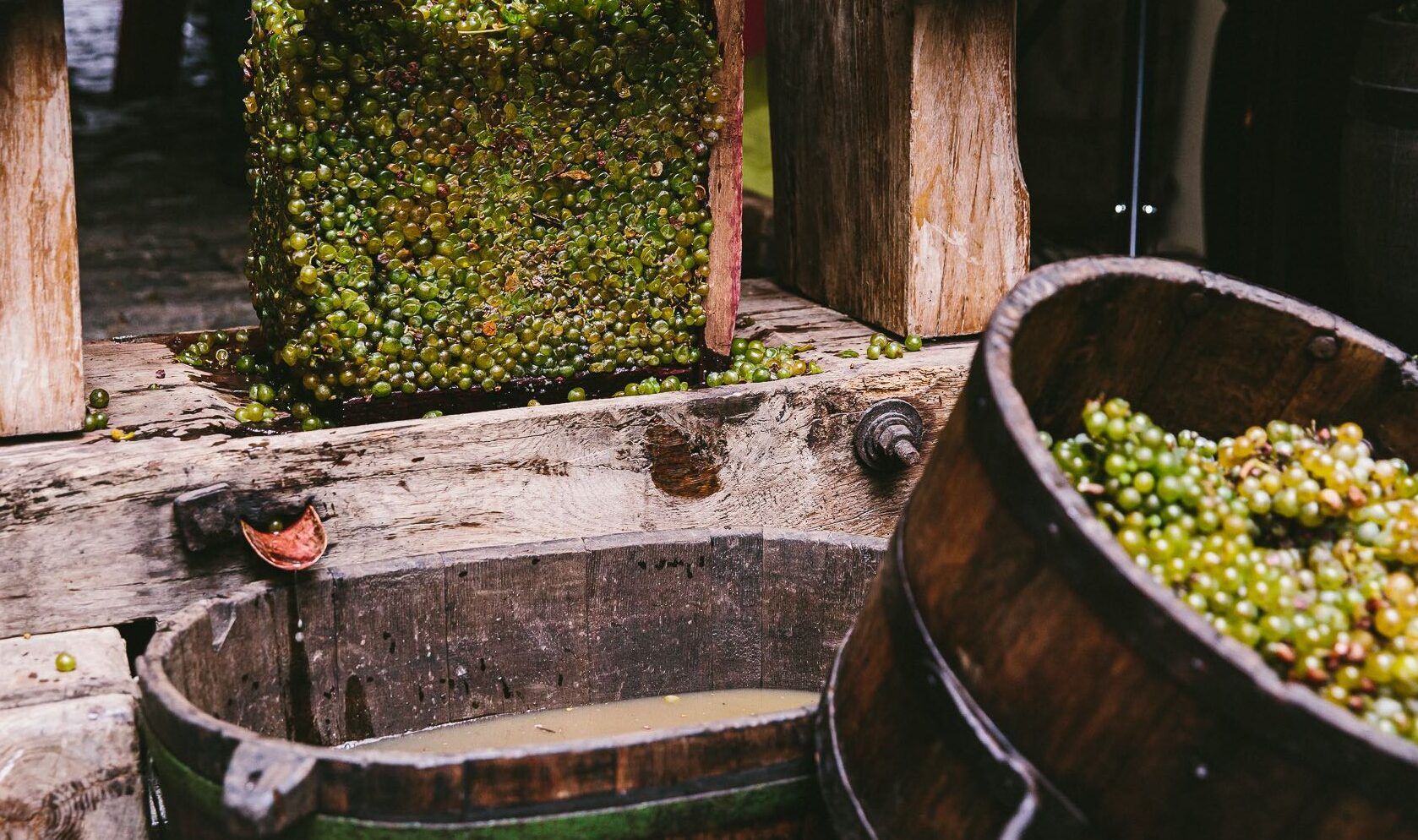“If you’re confused about Slovak wines, just remember that if they are named after a river, they are red (Dunaj means Danube) – but if they’re named after a castle (Devín) they are white (apart from Alibernet which breaks the pattern – simple!),” writes Gabay.

Lis Gabay and Vlado Magula with their jointly-made rosé
Slovakia has for long been considered as being at the northern limit of central European viticulture, but climate change and advanced viticulture have changed that resulting in a new wave of stylish Slovak wines. Add to the mix a growing number of natural winemakers and ‘The World of Slovak Wines’ has much to offer.
Next week in London there’s an opportunity to discover more about this contemporary Central European wine scene and winemaking in a rare, and possibly the first ever, tasting dedicated to the wines of Slovakia. Sixteen producers, with over 60 wines to showcase, are coming together to demonstrate the exciting world of Slovak wines on 18th January from 10am to 1pm at 67 Pall Mall.

Slovakia: once one of the most northern regions of European viticulture
Slovakia’s vineyards range across the southern half of the country, from the Small Carpathian hills north of Bratislava (an hour’s drive east of Vienna), to the hills running along the Danube, the volcanic slopes in the south-west and on to the often-forgotten Slovak part of Tokaj – each producing distinctive styles within a fresh and cool-climate Central-European context, influenced by and sharing a common history with western Austria, Moravia and northern Hungary.
Grape varieties include international ones such as: Rizling (known locally as Rhine Riesling), Cabernet Sauvignon, Pinot Noir, Chardonnay, Sauvignon Blanc, Pinot Blanc and Muscat; regional varieties such as Grüner Veltliner, Portugueiser, Frankovka (Blaufränkisch), Lipovina (Hárslevelű), Furmint, Kadarka, Pesecká leánka (Fetească Regală) and Vlašský Rizling (Welschriesling); and local Slovak varieties such as Dunaj, Alibernet, Devín, Milia, Hron, Rimava and Rudava.
If you’re confused by these last ones, just remember that if they are named after a river, they are red (Dunaj means Danube) – but if they’re named after a castle (Devín) they are white (apart from Alibernet which breaks the pattern – simple!).
Despite a reputation for off-dry, simple wines, modern Slovak winemaking includes every style – sparkling, pet nat, still, sweet, botrytised, straw wines, off dry, dry, skin contact and orange, red, white and rosé – all with characteristically cool-climate elegance and acidity.

On show: visitors will be able to taste Elizabeth Gabay MW’s own rosé
Producers present at the 18th January World of Slovak Wines event include the major quality producers: Bott Frigyés, Habsburg*, Macík*, Matyás, Magula, Mrva a Stanko*, Papillon*, Martin Pomfy, Predium*, Ostrožovič*, Shebo*, Slobodne, Strekov 1075, Topoľčianky* and Zámocké* with some already available in the UK and others (*) looking for importers.
To taste the wines and speak to the producers, register for the event by clicking here.
Sen photos ©Ben Bernheim. Rest © Eva Amzler
































